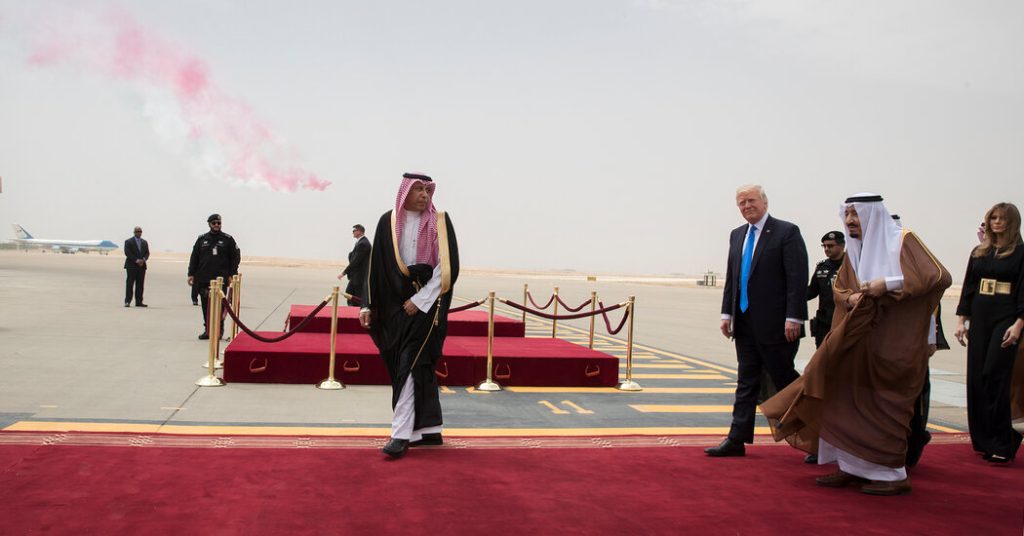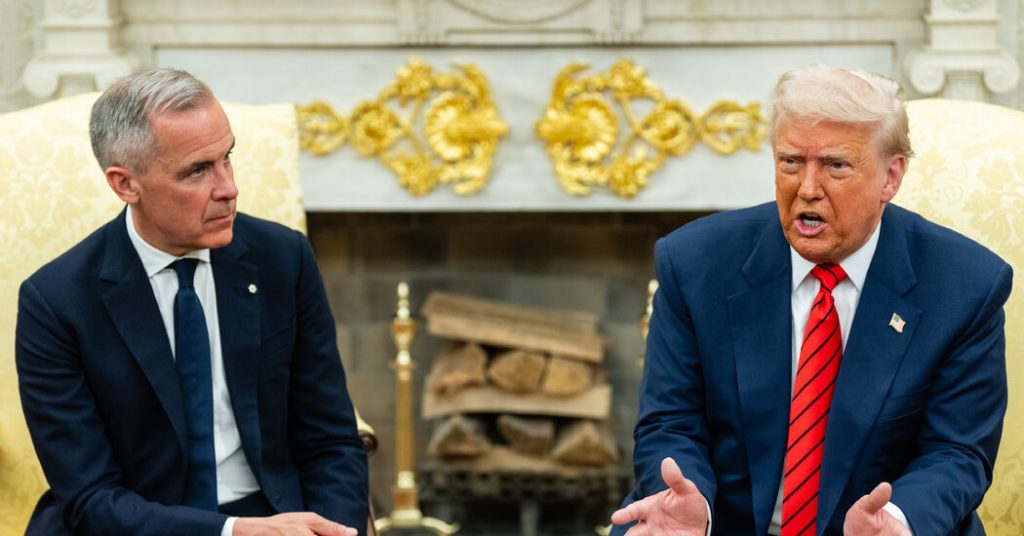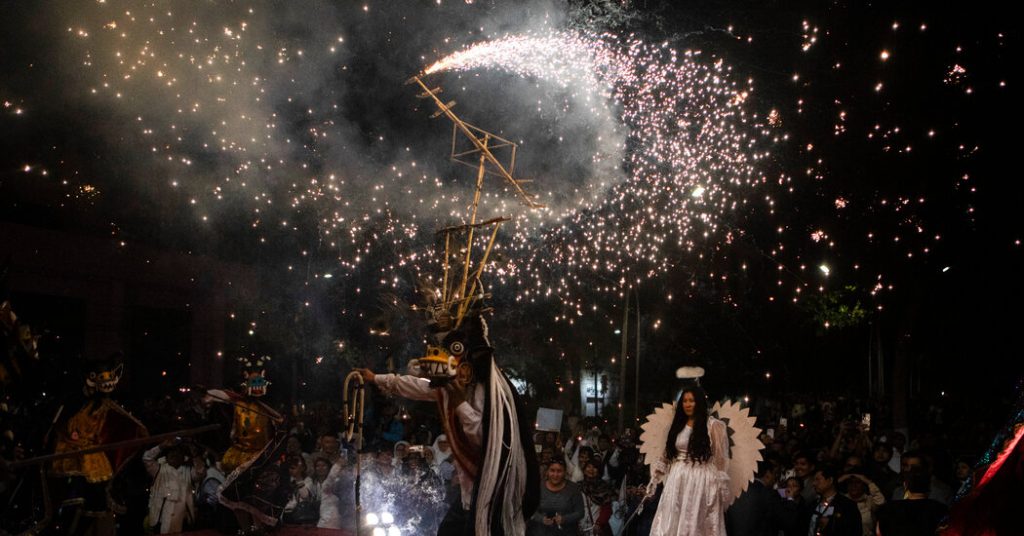On the high-speed ferry from Koh Samui, one of Thailand’s biggest islands, to the smaller neighbor of Koh Tao, known for its budget scuba diving and snorkeling and idyllic beaches and bays, it seemed like old times.
The double-decker catamaran was nearly full, the bow and main cabin piled with backpacks and roller bags as the 300-plus-seat boat cut through the glittering azure sea. And when the mostly white, mostly European travelers, many of them families, filed into the searing sunshine one afternoon in late August and onto Koh Tao’s weathered wooden pier, it was crammed with travelers waiting under a long blue canopy to board.
But looks can be deceiving. On Koh Tao, as throughout Thailand and much of Southeast Asia, tourism’s comeback has been slow. While travelers crowded the dock for the arrival of the afternoon ferry, only one catamaran company was running in August, instead of the usual three, with fewer boats. And behind the explosions of signs for diving schools, snorkeling tours and motorbike rentals, a number of business fronts were empty or shuttered.
Unlike Europe and North America, where travel started rebounding as early as 2021, it wasn’t until the spring of this year that foreign visitors began returning to much of the region, when countries like the Philippines, Vietnam, Malaysia and Indonesia started welcoming them without a quarantine.
Thailand dropped its remaining “Thai Pass” Covid-19 registration and restrictions in July, and the government is aiming for 10 million visitors this year — a substantial number, but just a quarter of the 2019 record. The industry is not going to come close to that peak until China, which contributed a quarter of foreign arrivals before Covid, drops its draconian zero-Covid policies and frees its citizens to travel again.
In the meantime, tourists on the three-island circuit of Koh Samui, Koh Phangan and Koh Tao in the Gulf of Thailand were still getting to marvel at the clearer water and the fish, turtles and sharks that materialized around the islands during the pandemic lull. (On land, they’re also smelling the pungent smoke of marijuana, after Thailand legalized weed in June.)
“I thought it would maybe be more crowded,” said Daniel Lundgrun, who was strolling with three other young Germans on a quiet terrace under the Big Buddha statue on the north side of Koh Samui. “But it’s pretty empty here.”
Turning unspoiled landscapes into tourist playgrounds
In a certain sense, Koh Samui is emblematic of the transformation of segments of Thailand and Southeast Asia from unspoiled and bountiful landscapes into jam-packed tourism playgrounds, complete with all the trappings of Western self-gratification, from sprawling luxury resorts to Hard Rock Cafes to Hooters.
It’s as much a magnet for the wealthy staying in mountainside condos or Six Senses as it is for budget travelers, who can spend from around $10 to $25 a night at hostels and cheap hotels, and just a few dollars on a local dish like chicken and rice or pad Thai. And like many places in the region, before the pandemic it was becoming increasingly popular with Chinese tourists, with an influx of 300,000 in 2019, or about 13 percent of the 2.4 million total visitors to Koh Samui.
Once a haven for fishermen and coconut farmers, the island of 88 square miles, now with smooth roads winding over steep hills with sweeping views of the arcing shoreline, is densely developed on the east coast, including key beaches of Chaweng, Lamai and Bophut. But regulations limit the height of buildings to 12 meters, or three stories, so the developments are agreeably low slung, and the island has retained elements of pristine isolation in some areas of the south and west, like in Talig Ngam and in the middle of the island, where the tropical forest is dotted with waterfalls.
On the commercial strip behind Chaweng Beach, where many of the businesses on the outskirts were vacant recently, the walking street known as Soi Green Mango was straining to get its mojo back. Most of the back alley bars with young Thai women in revealing outfits calling out, “Hello, welcome,” were deserted in late August. But under the spotlights of the warehouselike Green Mango nightclub, young Westerners filled more than half the dance floor and tables.
Tourism officials on Koh Samui said that about 70 percent of accommodations were reopened during the high season of July and August, while in some places like Fisherman’s Village in the north, where the main pedestrian street is lined with upscale boutiques and restaurants, nearly all businesses were open. Some business owners there, like the restaurateur Frederic Georgelin, were predicting that the next high season, from around Christmas through March, could be even better than before Covid.
“Already many of the hotels reserve bookings every day, some of them are already full, the prices for rooms and villas are growing very fast,” said Mr. Georgelin, who owns an Italian-Asian fusion restaurant and La Cantina Tex-Mex restaurant, where he sat at the bar greeting French compatriots. “So hopefully many people will come to Samui.”
The island is typically the start of the circuit for travelers who unwind at the beaches and restaurants of Koh Samui, then head to Koh Phangan for the full moon party or a meditation retreat, then cruise over to Koh Tao for diving and snorkeling.
A new fee for conservation
Among the changes awaiting them is a new tourist user fee that Koh Tao imposed in April. Visitors are met by a banner proclaiming the fee — 20 baht, or about 55 cents, the price of a can of soda — in Thai and English stating that it is for “port management, waste management and the conservation of the environment, nature and biodiversity on Koh Tao.”
The local government instituted the fee in conjunction with a biodiversity financing initiative called BIOFIN, under the United Nations Development Program. The island’s mayor, Watcharin Fahsiriphon, says he’s earmarking the money to help fund, in part, burying and burning the island’s “big mountain” of trash, promoting alternatives to diving like hiking and bouldering, as well as projects to restore damaged coral reefs.
The user fee was part of a rethink during the pandemic about the toll tourism was taking on the island’s marquee attractions — from snorkelers trampling on coral to boats spewing oil in the sea to erosion from construction. The pause also led to regular beach and underwater cleanups by community and diving groups, as well as new coral restoration projects around Koh Tao.
“Koh Tao people want to make sure that when tourists come they can treasure the beauty of nature, and we keep working on that,” said Dr. Watcharin, framed portraits of former and current Thai royalty on the wall in his spartan corner office overlooking lush hillsides.
Challenges abound. Although some hotels and restaurants offer water-fill stations and metal or bamboo straws, single-use plastic is rampant around the island. A renewable energy project started more than a decade ago has been long abandoned, a single wind turbine motionless on a hilltop as a constant reminder.
Koh Tao’s reputation was tarnished with the label “death island” in the middle of last decade after at least nine European tourists died or disappeared there, including two British tourists who were murdered on a darkened beach in 2014. (Many tourists interviewed in August were unaware or unconcerned about the notoriety, saying they felt safer on the island than in their home cities in Europe.)
And, small as it is, the user fee isn’t even being regularly collected. Tourists handed over the fee to government workers as they exited the pier through one passage, but no one collected it at the second exit, and the staffers were off duty when the late ferry arrived. If fully collected from the half million annual visitors who typically arrived in the years before Covid-19, the fee could raise 10 million baht, or around $275,000, about a quarter of the municipality’s current budget.
“For the past five months we’ve learned a lot and this is like a trial stage,” said Dr. Watcharin, who owns two hotels and a diving business and was the island’s longtime public health officer.
Leaning into ‘eco’
Across the eight-square-mile island of steep, mostly undeveloped hills and stunning aquamarine bays, it’s easy to find a modest villa with a view of the water for $20 to $40 a night, or splurge on a sea-view house with a pool for $150 or more a night. There are no traffic lights, no international five-star resorts; building height is capped at 6 meters, or two stories, well below the tops of coconut palms, and jet skis are not allowed.
During the height of the pandemic, Vie Boursmui and other Thai and foreign diving instructors had time on their hands and the government’s marine resources department gave them permission to start eight coral restoration projects around the island. Mr. Vie, an instructor for more than 20 years, worked for three months in Aow Leuk Bay with other divers taking naturally detached pieces of coral and fastening them to submerged concrete blocks and metal frames that eventually will be encrusted in new coral formations.
Climate change has killed most of the coral in the warm shallows, he said, so the divers set up some 600 yards of coral plantations in cooler water 10 to 15 meters below the surface.
“The nature brings the customers,” said Mr. Vie, as groups of divers from Britain, the Netherlands, Australia, Israel and Spain filled the tables at Ban’s Diving Resort for a post-scuba sunset drink. “So we must protect the nature.”
A hub for reimagining life and tourism on the island sits nearby on the leafy, palm-fringed north end of Sairee Beach in an area locals call Soi Island. Bronzed and relaxed visitors perused the vegan menus at the Factory and VegetaBowl restaurants, browsed the handmade soaps and coasters made from recycled plastic at May & Co., carried stand-up paddle boards from Evasion watersports into the gleaming sea, sweated on yoga mats at Untamed Wellness Studio and trained for freediving at Apnea Total.
During the pandemic, when islanders had time to do regular cleanups of the beaches and the sea, the heaps of plastic gave Witchuda Damnoenyut, who goes by May, an idea. She bought a plastic shredder, melting machine and molds, and started turning detritus into coasters, game blocks, soap dishes and even medals for the island’s first mountain trails marathon last May.
She opened her Plas Tao workshop last year and sells the recycled goods in her May & Co. handicrafts and natural soaps shop, as well as to other green-minded businesses, like vegetarian restaurants and the EcoTao Lodge in the hills.
“I feel like the Koh Tao community does a lot compared to other parts of Thailand,” said Ms. Witchuda, as her sole worker banged out molds on a bench, while workers with a screaming metal saw turned an empty storefront across the street into a weed and wine bar. “Independent businesses try a lot to attract people by becoming more eco.”
Down the street from May & Co. where the gray brick walking path is lined with low-slung bungalows, dive shops, open-air restaurants and bamboo beach bars under the shade of palm trees, René Hagen was helping customers take standup paddleboards for a sunset glide off Sairee Beach.
Mr. Hagen, from Denmark, and his American wife, Rachel Yaseen, took over Evasion, an outdoor sports company, in May after bicycling around the world for three and a half years, and wanting a place to rest. She opened Untamed yoga studio a couple doors down, and they bought three sea-view villas in the hills on the south side of the island to rent out during the high seasons.
“It’s hard to say what’s not to like — there’s a huge variety of good restaurants and it’s affordable; the diving here is so super-easy and chill, and from the villa we can sit in the pool and see the turtles and the sharks,” Mr. Hagen said. “And the hiking here is definitely challenging, because of the steep hills.”
Evasion also offers tubing and wakeboarding, and he’s turning their boat into a solar-powered craft so it gives tourists a quiet ride and doesn’t harm the coral. He also has on order eight electric bicycles, and is in the process of getting their villas powered by solar panels and looking into renting electric motorbikes.
EcoTao, which opened on a steep, forested hill just months before the pandemic cut off tourism in March 2020, is perhaps the island’s only actual eco accommodation, where the 12 bungalows are made of bamboo and teak, most of the power comes from 100 solar panels, and rainwater is collected for showers.
Founder Yves Frangioni, a French entrepreneur and sportsman who moved to the island 16 years ago, believes the eco trend might be starting to catch on with tourists and businesses.
“We opened in December and we are busy always,” he said in a phone interview on his way to France for a couple of months. “I hope that many start like me, because it’s important for the small island, the planet, everything.”
Follow New York Times Travel on Instagram, Twitter and Facebook. And sign up for our weekly Travel Dispatch newsletter to receive expert tips on traveling smarter and inspiration for your next vacation. Dreaming up a future getaway or just armchair traveling? Check out our 52 Places for a Changed World for 2022.




